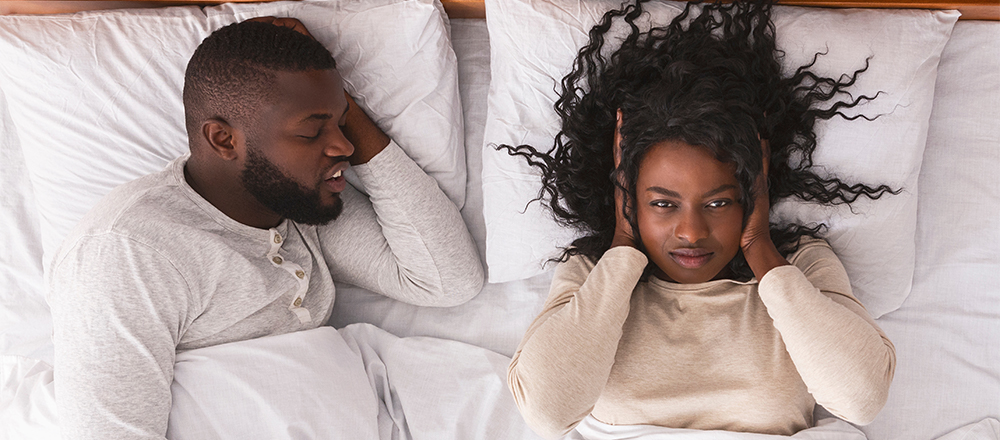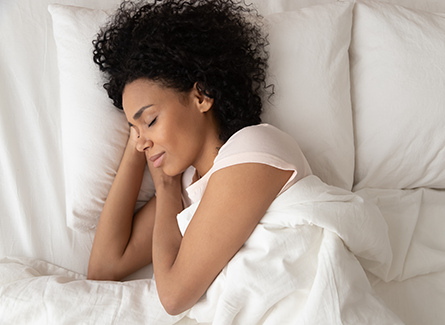No CPAP Needed: Options for Treating Obstructive Sleep Apnea
July 13, 2021By: Scott Shorten MD
Categories: Neurosciences, Your Wellness

For many people with untreated obstructive sleep apnea, getting a good night’s rest is only a dream. Airway blockages can cause someone with OSA to stop breathing anywhere from five to 100 times per hour while asleep. Combine that with loud snoring and nights of tossing and turning, and it’s easy to understand how sleep disorders can disrupt daily life and cause a range of other health issues.
The Best Way to Treat Sleep Apnea
Continuous positive airway pressure and bi-level positive airway pressure are the gold standards for treating OSA. With CPAP therapy, the person wears a mask that covers their nose while they sleep. A hose connects the mask to a machine that delivers pressurized air to hold the airway open. As a result, breathing interruptions are reduced. BiPAP works the same way, but it allows for a lower pressure during exhalation.
CPAP or BiPAP is the first choice of therapy for any severity of OSA. It is particularly encouraged in people with severe OSA or when other serious health conditions are present such as high blood pressure, diabetes, history of heart attack or stroke, or COPD.
With the right treatment, a good night’s sleep could be a dream come true, no mask or machine required.
Other Ways to Treat OSA
Despite CPAP being the most effective treatment option, 20%-40% of people with a machine don’t use it. Difficulties with mask fit or uncomfortably high air pressures cause many people to stash their machine in a closet and continue struggling with their sleep apnea.
Fortunately, there are a few other treatment options for people who can’t tolerate CPAP therapy.
CPAP Alternatives
- Inspire: This implanted nerve stimulator activates the airway muscles so they stay open while sleeping.
- Oral appliance: A custom-made mouthpiece worn during sleep moves the jaw forward to help keep the airway open.
- Positional therapy device: The device keeps someone from sleeping on their back, a common sleep position that can worsen OSA.
- Upper airway surgery: Surgery to remove a severely enlarged soft palate, uvula, tonsils or other airway anatomy creates more space for airflow.
- Weight loss and exercise: Either of these factors can independently reduce the frequency of breathing obstructions.
Explore More
Watch Dr. Shorten talk about sleep apnea on Fox4.
Read more about sleep disorders and treatment options.
Try our OSA self-screening tool.



